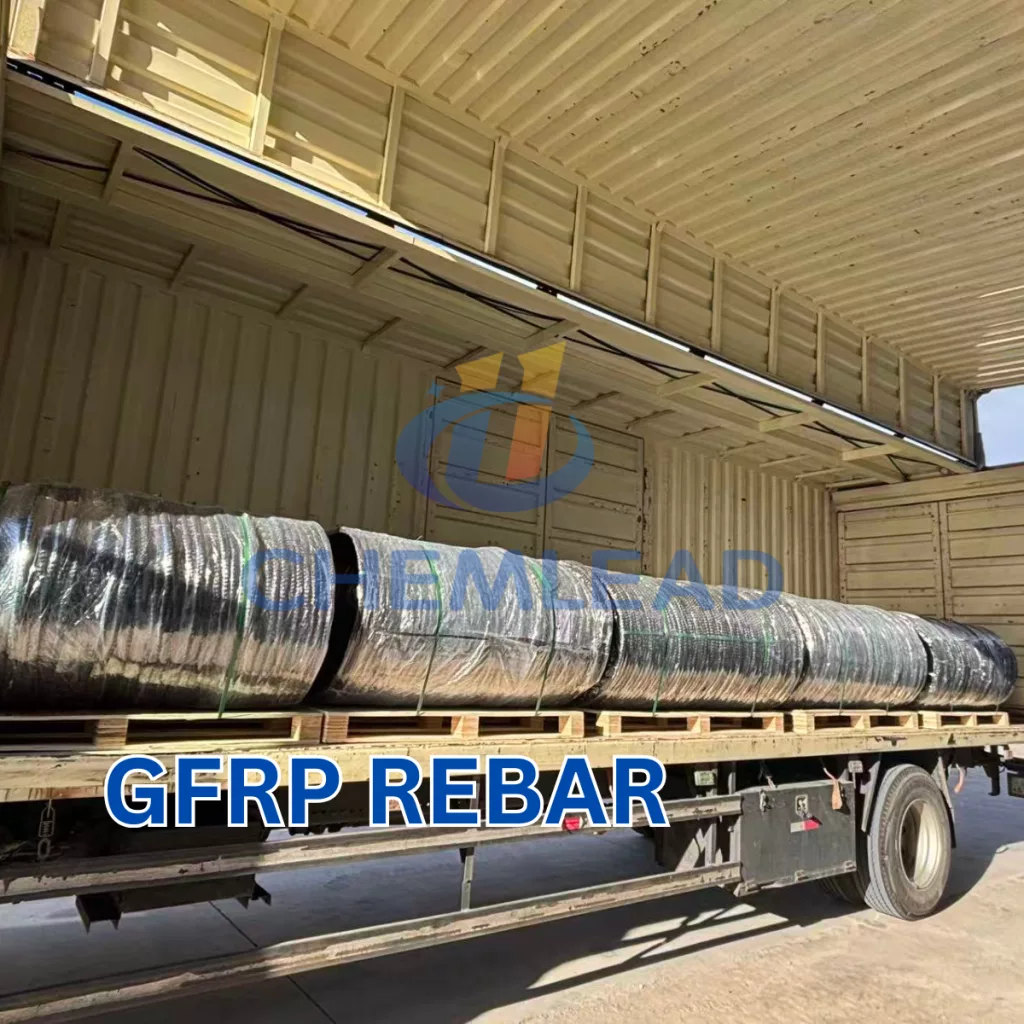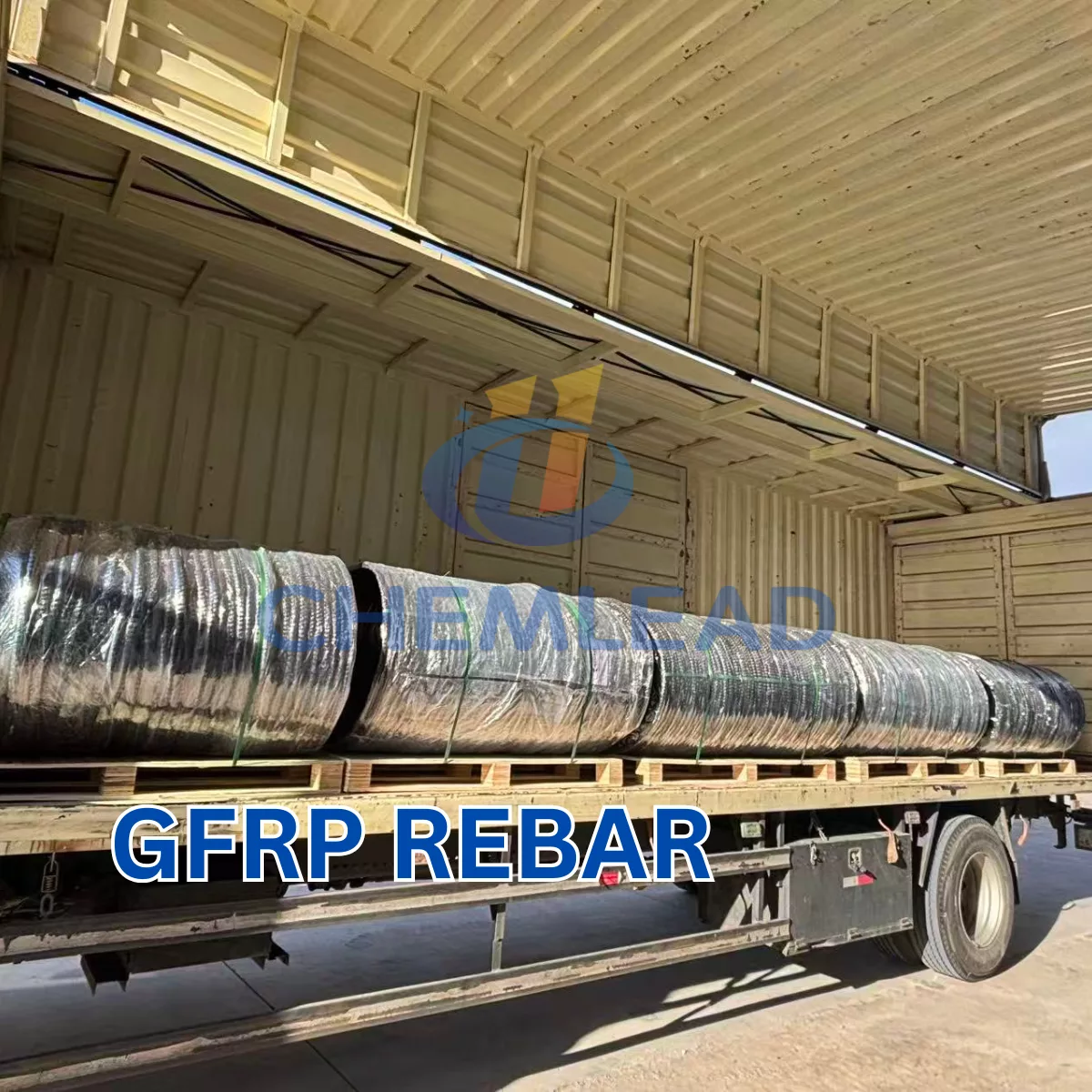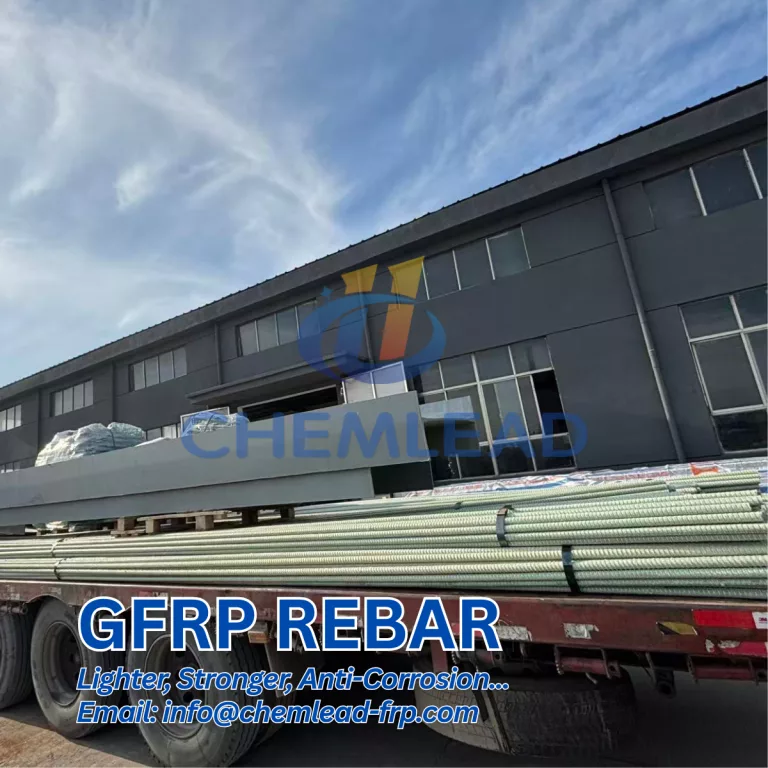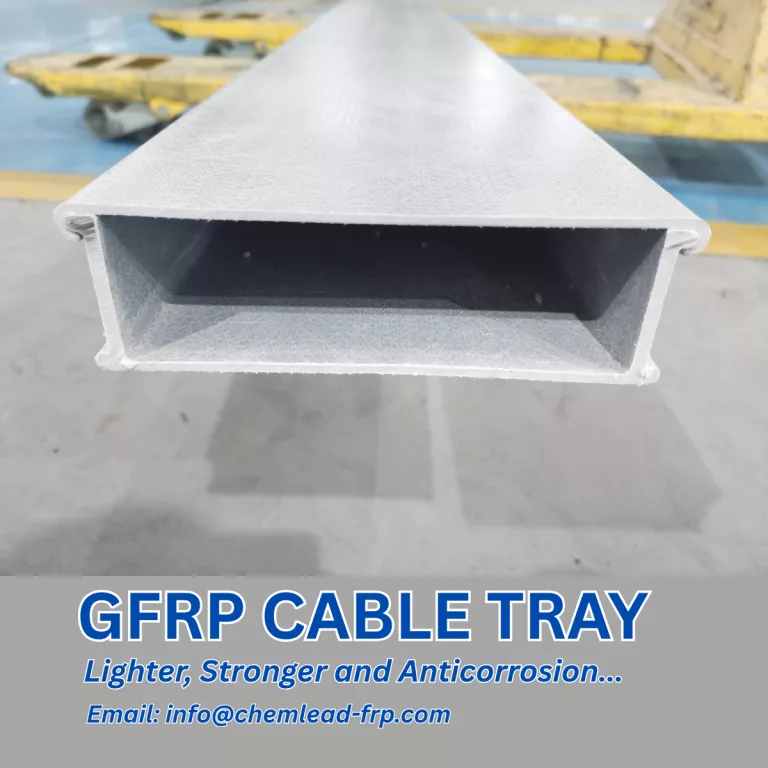+8613776545860

For decades, steel rebar has been the standard reinforcement for concrete. But as construction demands evolve and durability requirements increase, many contractors, engineers, and project owners are switching to Fiberglass Rebar (FRP Rebar)—a corrosion-proof, lightweight, and high-strength alternative designed for long-lasting performance.
Today, FRP rebar is widely used in roads, bridges, coastal structures, industrial foundations, residential slabs, retaining walls, and more. This blog explains why FRP rebar is quickly becoming the future of concrete reinforcement.
What Is Fiberglass Rebar (FRP Rebar)?
Fiberglass rebar, also known as FRP rebar or GFRP rebar, is made from glass fiber and resin, forming a composite material that is:
-
Stronger than steel by weight
-
Corrosion resistant
-
Lightweight
-
Non-conductive and non-magnetic
These advantages make FRP rebar ideal for projects where steel struggles—especially in environments involving moisture, salt, chemicals, or electrical risks.
Key Benefits of Fiberglass Rebar
1. Zero Corrosion — The #1 Advantage Over Steel
Steel rusts. When it corrodes, concrete cracks, spalls, and loses strength.
FRP rebar solves this permanently:
✔ Will never rust
✔ No maintenance
✔ Longer structure lifespan
✔ Lower life-cycle cost
This is why governments and DOTs increasingly specify FRP for coastal highways, marine structures, water treatment plants, and de-icing salt environments.
2. 3–4x Lighter Than Steel — Cut Labor, Transport & Installation Cost
FRP rebar weighs only 25–30% of steel, making handling and installation much easier.
-
Workers can carry bundles by hand
-
Faster construction
-
Lower transportation cost
-
Less crane or equipment use
On large projects, this can reduce total installation cost by 20–40%.
3. High Tensile Strength
FRP rebar has:
-
High tensile strength (often higher than steel)
-
Superior crack control
-
Excellent durability under loads
This makes it a reliable reinforcement material for slabs, beams, foundations, retaining walls, and industrial floors.
4. Non-Conductive & Non-Magnetic
FRP rebar does not conduct electricity or heat.
It also does not interfere with magnetic fields.
Perfect for:
-
MRI rooms
-
Data centers
-
Power plants
-
Electrical substations
-
Airport runways
-
High-voltage environments
This is a major advantage over steel.
5. Long Service Life — Build Once, Use for Decades
Because FRP rebar does not corrode, structures maintain their strength for much longer.
Many studies show FRP can remain durable for 100+ years under proper design conditions.
This makes it ideal for infrastructure where longevity is critical.
Where FRP Rebar Is Used
Fiberglass rebar is now common in both small and mega construction projects:
Residential & Commercial
-
Driveways
-
Slabs on grade
-
Foundations
-
Basements
-
Retaining walls
Infrastructure
-
Bridges & highways
-
Airport pavements
-
Parking structures
-
Tunnels
Coastal & Marine
-
Seawalls
-
Ports & docks
-
Coastal foundations
-
Saltwater-exposed concrete
Industrial
-
Chemical plant foundations
-
Wastewater treatment plants
-
Cooling towers
-
Substations
With zero corrosion and long service life, FRP is reshaping how modern concrete is reinforced.





 Get Free Quote Now! Don’t Hesitate!
Get Free Quote Now! Don’t Hesitate!